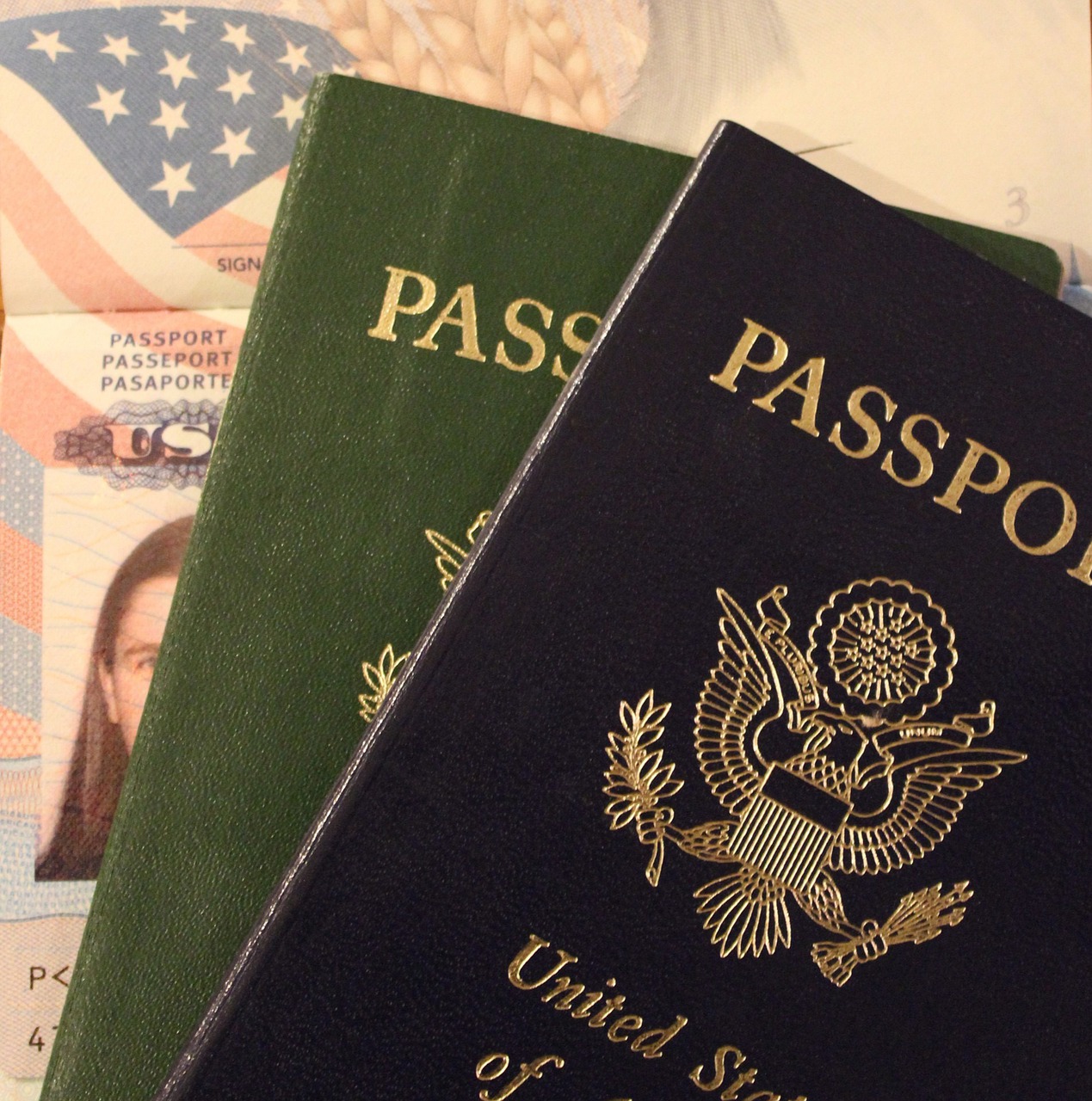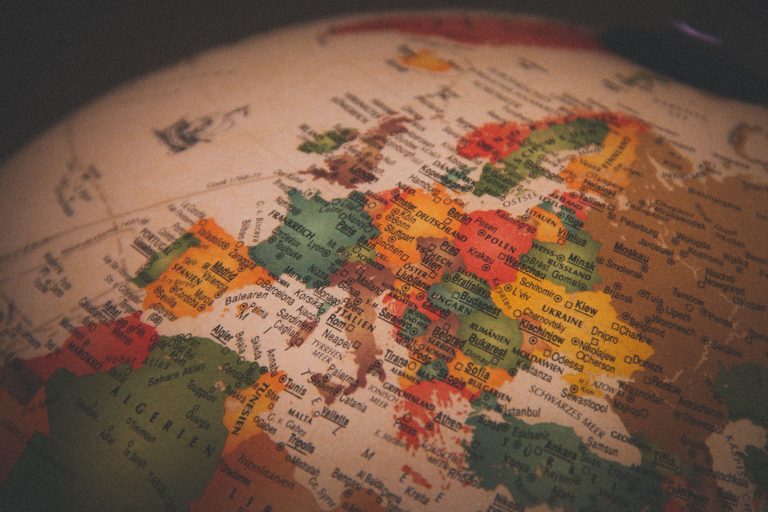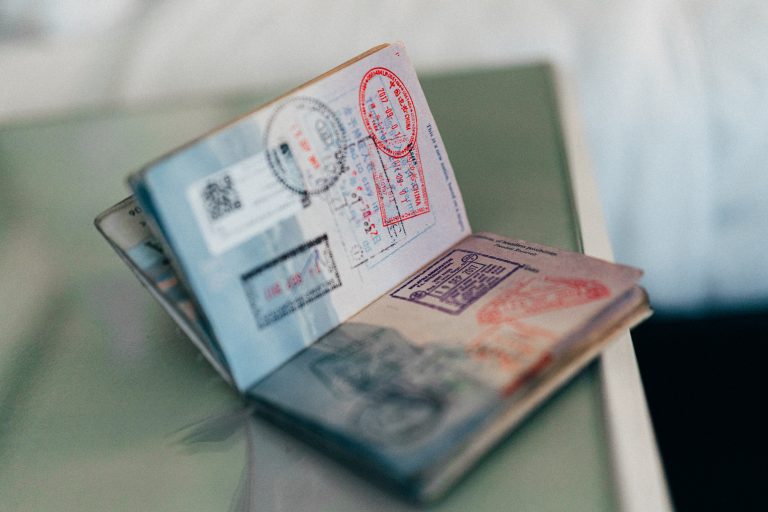Lawful Permanent Residency (“Green Card”)

Lawful Permanent Resident is the term used for a person who has permanent permission to live and work in the United States.
The identification card used for lawful permanent residency is an I-551. The I-551 is green, thus the nickname “green card.”
Under the current law, there are seven paths to lawful permanent residency and obtaining a green card:
- Family-Based: A United States citizen can sponsor a spouse, child (regardless of age or marital status), parent or sibling. A lawful permanent resident can sponsor a spouse and unmarried children (regardless of age). How long it takes for the relative to actually immigrate to the USA depends on the relative’s “preference.” For example, there are always green cards available for spouses and unmarried children under 21, while they wait for a U.S. citizen’s brother or sister (aka a “4th Preference” case) usually takes over eight years.
- Employment-Based: U.S. companies can sponsor foreign nationals for permanent residency. Like family-based cases, the wait for a green card to become available is also divided into categories. For example, there are many more green cards available for multi-national investors than workers in jobs requiring less than two years of experience.
- Asylee/Refugee Adjustment: Asylees and Refugees can seek green cards after one year. The legislation eliminated the annual asylee adjustment cap, thus dramatically reducing the wait time!
- Humanitarian Adjustment: The US, at times, provides sanctuary to battered spouses, kids and parents of citizens and residents, kids who are dependents on a juvenile court, victims of serious crimes, and victims of severe human trafficking.
- Diversity Lottery (“DV”): The US provides about 50,000 green cards each year to permit immigration opportunities for persons from countries other than the principal sources of current immigration to the United States. Each year, approximately 10 million or so people electronically submit an application. A computer then randomly draws 100,000 names, and those individuals race to get one of the 50,000 green cards.
- Country-Specific or Time-Specific Legalization: Over the years, Congress has passed legislation that legalizes certain undocumented individuals based on where they are from or how long they have been here. For example, Congress in the past has provided special legalization programs for nationals of Cuba, Haiti, Nicaragua, El Salvador, Guatemala, and various eastern European countries. Congress also created a legalization process for individuals residing in the US since January 1, 1972 and created a limited program for individuals who resided unlawfully in the US between 1982 and 1988.
- Investment: The US makes 10,000 green cards per year available to qualified individuals seeking permanent resident status on the basis of their engagement in a new commercial enterprise. The amount of the investment is large (usually between $500,000 and $1,000,000).




